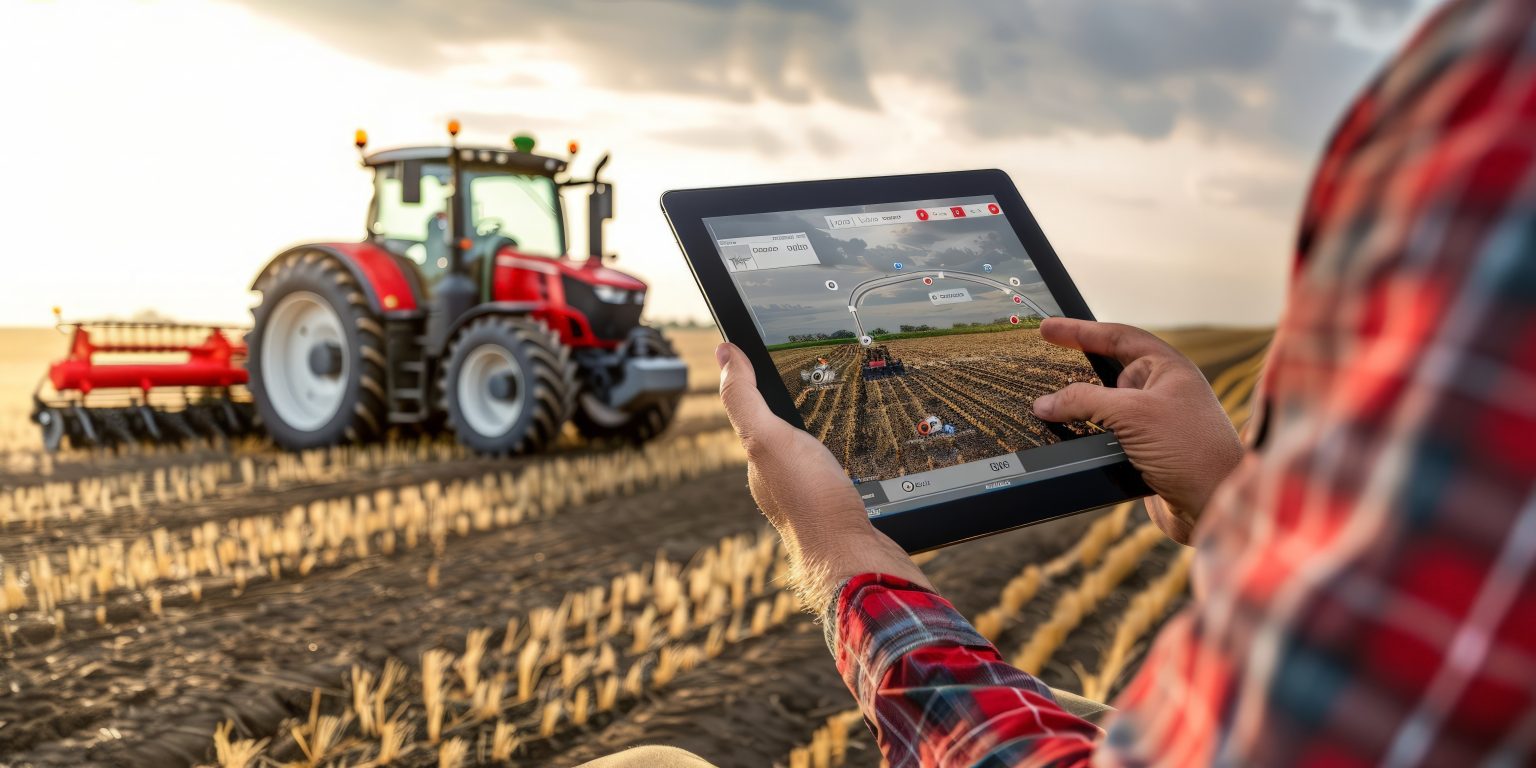World population hits 10 billion by 2050, requiring 70% more food production. Current farming faces serious challenges: 73% of operations report labor shortages, extreme weather damaged 45 million hectares in 2023, and chemical costs reached $120 per acre for some treatments.
Precision Spraying Cuts Chemical Use
Farmers using Greeneye Technology reduced herbicide use by 87% in 2024, saving $25-35 per acre. The AI system identifies individual weeds and sprays only target plants. Corn growers cut chemicals by 84%, soybean farmers by 82%.
John Deere’s See & Spray uses 32 cameras to spot weeds and apply herbicides precisely. Reports show 70-80% chemical reductions. Nebraska farmer Scott Arthaud saves 50-95% on chemicals depending on weed pressure while targeting resistant weeds with stronger treatments.
University of Nebraska trials confirmed these results. Greeneye systems reduced herbicides 70-95% while sprayers moved at 12-15 mph, detecting weeds one centimeter wide. Professor Amit Jhala called the weed detection “excellent” even at high speeds.
AI Market Grows Rapidly
Global AI in agriculture hit $1.5 billion in 2023. The sector attracted $53 billion in funding from 2017-2021. Smart farming reaches $13.8 billion by 2031, according to Microsoft data from World Agri-Tech 2024.
China leads adoption with 153 million acres sprayed by drones in 2021, up from 64 million in 2020. The country operates 120,000 agricultural drones with 200,000 trained pilots. Europe’s precision agriculture market reached $3.38 billion in 2024, growing 15.30% annually.
Germany leads European adoption with 69% of large farms using precision technology. Italy shows fastest growth at 16% yearly through 2029. The European Commission funds innovation through Horizon 2021 grants supporting digital farming projects.
Robots Replace Manual Workers
Autonomous harvesting equipment reaches $7.7 billion by 2027. Spraying robots grow 240% from 2021-2027. These machines work continuously without breaks, handling planting, weeding, harvesting, and processing tasks.
China’s first vertical plant factory opened in Chengdu in December 2023. AI robots grow and harvest lettuce in 35 days using zero pesticides and minimal water. Similar facilities operate in Japan, South Korea, and Netherlands with higher yields than outdoor farming.
XAG’s P150 drone carries 70 kg payloads and sprays 26 hectares hourly. Flying at 18 m/s, farmers control it through smartphone apps to program routes and adjust spray rates. Prices range from $20,000-75,000 based on tank capacity and features.
Smart Data Drives Decisions
Agricultural IoT sensors monitor soil moisture, nutrient levels, and crop health. Farm management software processes 35% of agricultural data. Farmers using AI report 20% higher yields and efficiency improvements compared to traditional methods.
The digital transformation in agriculture mirrors other sectors where data processing creates competitive advantages. Gaming platforms like non UK regulated casinos have pioneered sophisticated algorithms for real-time data analysis and user behavior prediction, techniques now adapted for crop monitoring and yield optimization in modern farming systems.
Microsoft’s Krishi Mitra app answers farmer questions in local languages, providing weather forecasts, market prices, and pest advice through voice responses. Bayer’s Azure-based system helps US agronomists boost productivity using machine learning analysis.
Large operations increase AI spending 30% in 2024. Over 70% of major farms adopt AI tools for crop management. Equipment costs dropped 40% since 2020 while processing power doubled. German cooperatives using AI reduced water consumption 30% and increased yields 15%.
Field sensors now cost $50-200 per unit, down from $500 in 2020. Satellite imagery services charge $2-5 per hectare annually. Cloud computing platforms process terabytes of farm data for $0.10 per gigabyte. These falling costs make precision agriculture accessible to smaller operations.

